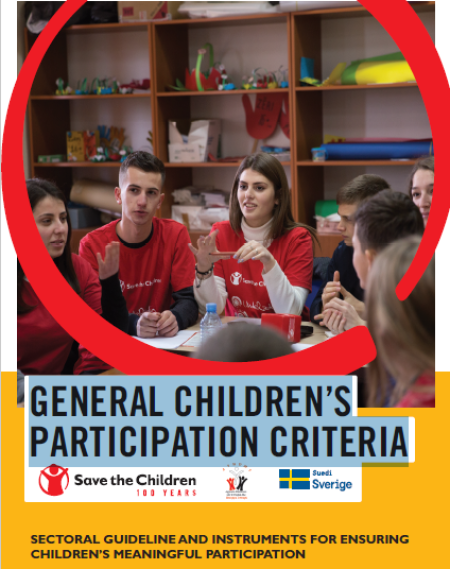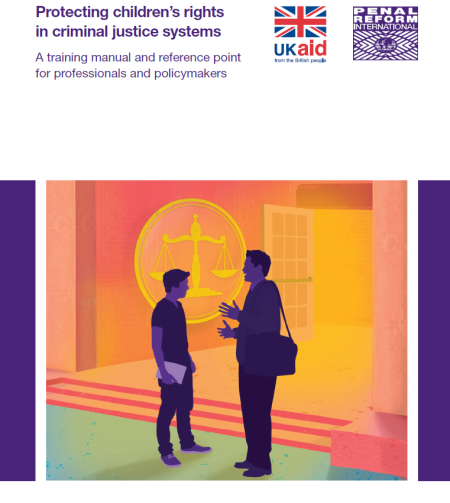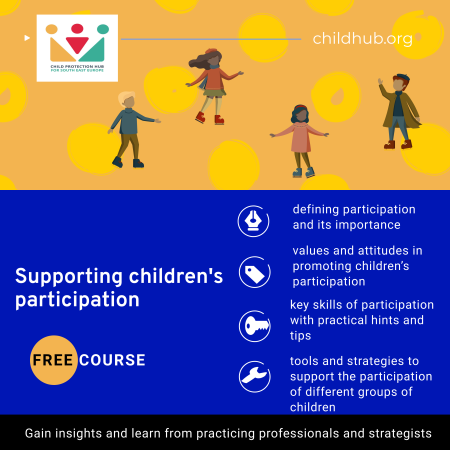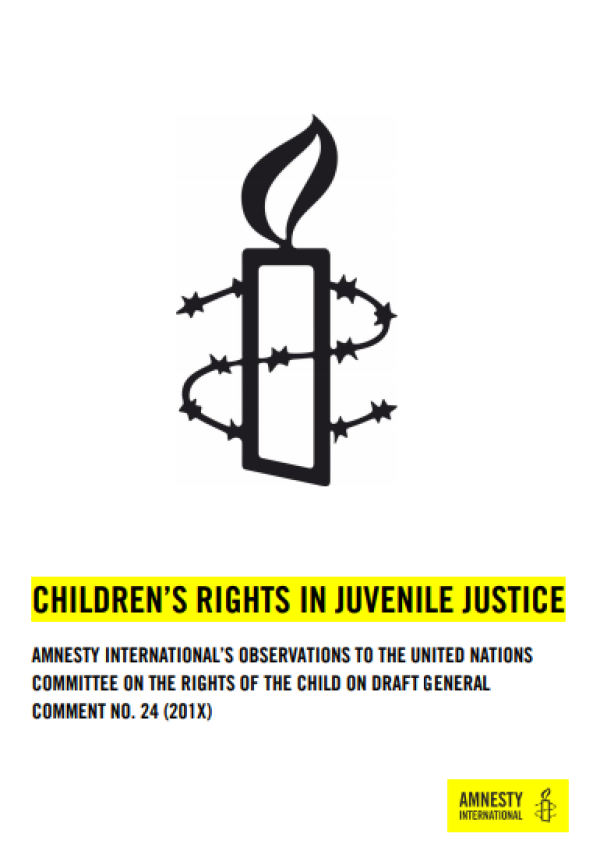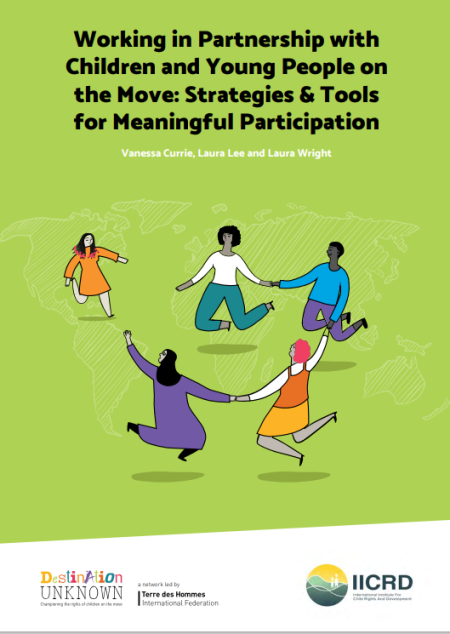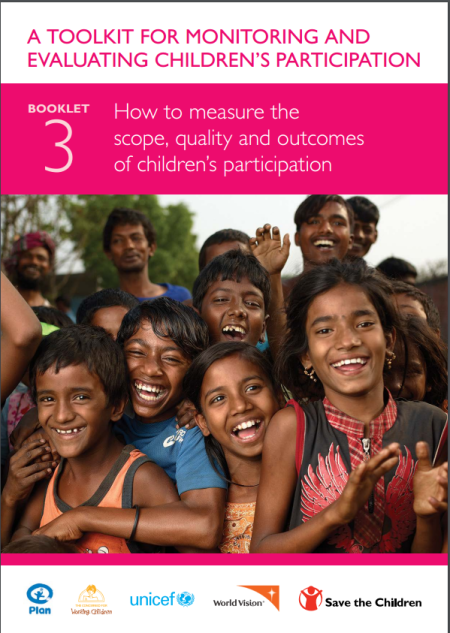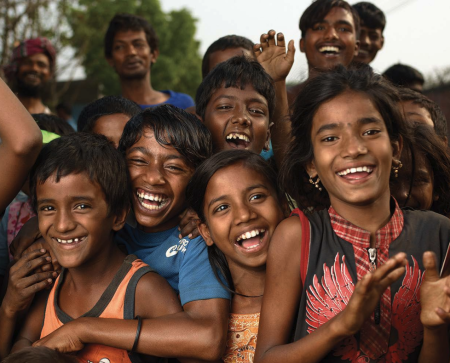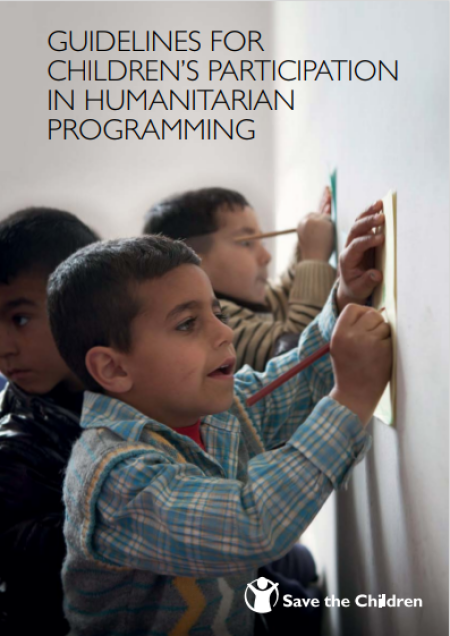This Academic Insight focuses on children’s participation in decision-making in youth justice systems. In theory, young people in conflict with the law have the legal right to have their opinions taken into account, and are entitled to contribute to a criminal justice system’s response to their own behaviour (see United Nations Committee on the Rights of the Child (UNCRC), 2007; 2008). Indeed, the UNCRC General Comment No 24 (2019) reflects developments that have occurred since 2007 – effective participation in justice proceedings (art. 40 (2) (b) (iv)) states that ‘a child who is above the minimum age of criminal responsibility should be considered competent to participate throughout the child justice process.’
However, in practice, systemic neglect of children’s views and participation pervades contemporary youth justice practices. This Insights paper will provide an overview of the benefits and challenges of developing and enabling participatory approaches in youth justice systems, and concludes with a ‘How to Guide’ for co-creating children’s meaningful participation in the development of youth justice service provision and practice.



